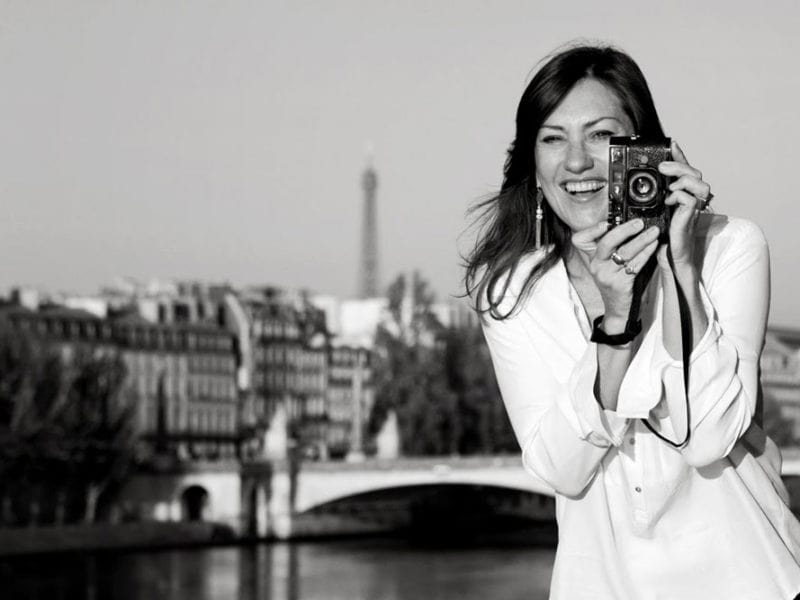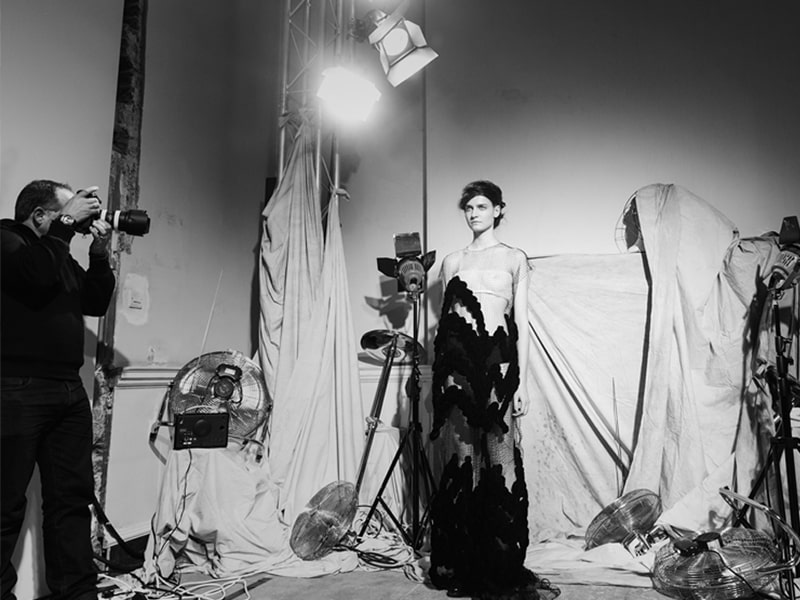The Essence of Black and White Photography

Although color photography has long been around, black and white photography still has a special appeal that makes many of us choose to dispense with color in much of our captures.
If you are one of those who are interested in black and white photography. In the following lines we will review all the theory necessary for you to master this type of photography, how to convert your photos to black and white with programs like Photoshop or Lightroom using different methods, how to apply final adjustments to black and white images, and we will even leave you some.
The Essence of Black and White
Black and white does not go out of fashion, and although we might think that it is attributed to a past era, this is not true. Black and white is an art form, and using it in our photographs will help us grow as photographers. Why? Because when we work in monochrome what we are doing is eliminating possible distractions from the shot, and we will focus on the essence of the image.
By working in black and white we can pay more attention to the composition of the shot, to analyze the light of the shot, its contrast, its texture. Obviously, as we grow as photographers, we will be able to appreciate these details by working in color as well, because we will have our eye trained.
But if you are one of those who is starting to enjoy the wonderful world of photography, it may be interesting that for some of your sessions you may choose to work in black and white so you can pay more attention to other details that will make your photography considerably better.
Starting with Black and White Photography
We’ve decided that this black and white photography has its charm, and we’re going to give it a try. What questions will we be asked when we go to make our captures? Is it better to shoot the shot in black and white or better to capture it in color and then convert it into an edit? When do I know if my photo will be better in black and white or in color? What are the reasons why I should shoot in black and white?
Tips for Shooting in Black and White
You’ve decided that you’re going to practice black and white photography. Now what? Where do you start? What are the best reasons to capture in black and white? What camera settings are best?
Obviously, a lot will depend on the subject you choose to photograph, although there are many recommendations that are shared by all of them.

Convert Your Photos to Black & White: Techniques
The time has come to take our colour photo and convert it to black and white. How? Well, I’ll tell you there are a thousand and one ways to do it. We wanted to divide this section into two sections.
- Basic Development
This first section includes articles that will teach you how to convert your photos to black and white from programs like Photoshop or Lightroom, through different options and in an easy way.
- Known Methods
In this second section you will find a few black-and-white conversion methods that some photographers have discovered and shared over time, and which have their own special touch. We leave you with the most outstanding ones so that you can find the path you like best for your black and white photography.
Final Adjustments for Black & White Photographs
There’s always someone who wants to go a step further, and wants to take their editing to a more professional level. For all those photographers who feel identified with this group, here we have compiled the most specialized articles regarding development techniques, with which you will be able to give a totally professional touch to your black and white photos.
More Tips, Ideas and a Dash of Inspiration
Sometimes we may want to practice a certain type of photography, but we lack inspiration. We don’t know what theme to choose, or what light to use to highlight a certain motif. With black and white photography this also happens, so we wanted to offer you some great ideas so that inspiration is not a problem.
Making Your Life Easier: Photoshop Actions
You remember what stocks were, right? In case this is not the case, the actions help us to automate the execution of certain steps in our processing work, so that we can apply the same corrections that we have made for one photograph in another, in a very fast and comfortable way, and also always having the advantage that those corrections can be modified and readjusted at any time.
